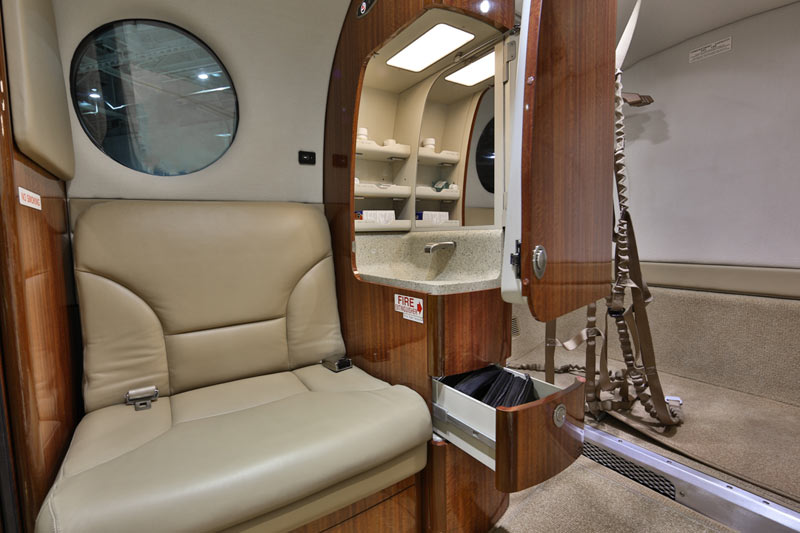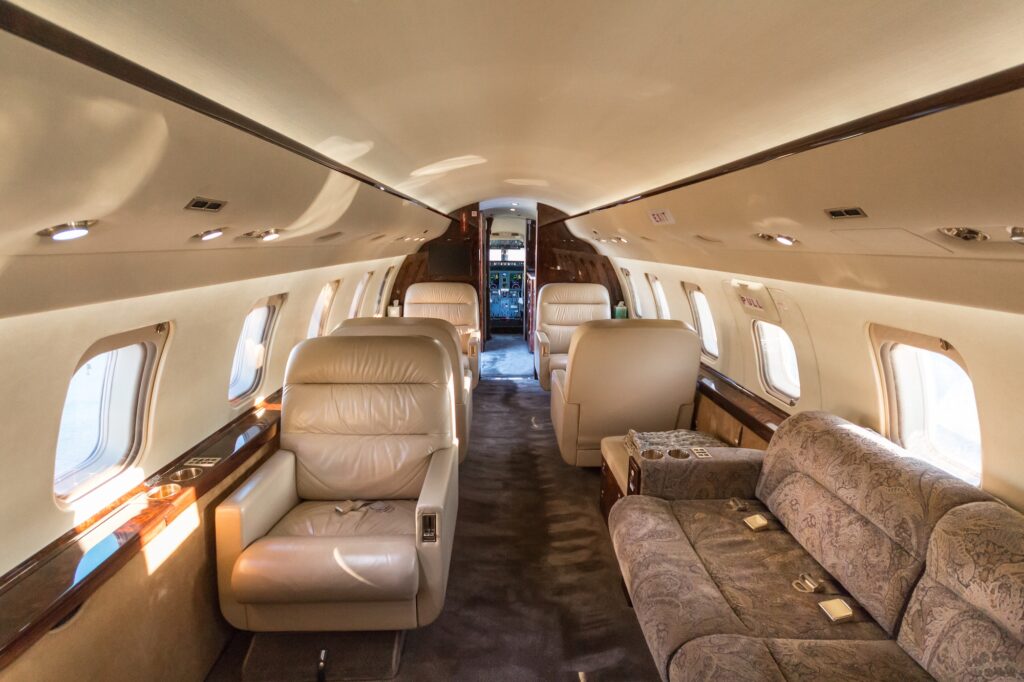This is a guest post written by Shelley Svoren, Senior Business Banking Analyst and Industry Specialist at First Republic Bank.
The world of private aviation splashed across all media forms evokes images of the glamorous life. Comparatively, the New York Times’ “The History of Private Planes Is Less High Life and More Daily Grind – The 41,000-foot commute is still a commute,” written by Jennifer Harlan, illustrates that most private aircraft are instead used for business. For business owners, a private aircraft enables executives to efficiently meet with employees, clients, prospective clients, and suppliers. Holding meaningful face-to-face meetings will unlikely ever be supplanted by emails, texts, phone calls, or video chat. Fundamentally, one should consider the purchase and use of private or “business” aircraft as a part of an investment in one’s brand that is essentially a business tool, which increases the effectiveness of the teams employed to fulfill the organization’s goals.
Business aviation is a global industry with countries providing a coordinated regulatory framework for the use, safety, and registration of ownership and legal issues through their registries. Original Equipment Manufacturers (OEMs) such as, Bombardier, Dassault Falcon Jet, Embraer, Gulfstream, and Textron (Cessna, Beechcraft, and Bell), located throughout the world, work with the international regulatory agencies to mandate required maintenance and operations for owners of the 21,000-plus business aircraft. The demand for business aviation ebbs and flows with the global economy; however, the US accounts for the largest number of business aircraft owners (nearly 66%) although representing 24% of global GDP (according to the World Bank), which is attributed to the favorable capital expenditure climate and early adoption of private aviation following World War II.
Significant opportunities exist to support clients who purchase business aircraft. In 2018, 1,063 new business jet and turbo-propeller-equipped (turbo prop) aircraft were delivered by the OEMs and 3,628 previously owned business jet and turbo prop aircraft were sold to new owners. Of the 4,691 transactions, only 1,709 aircraft – or 36% – obtained financing (where a lien was placed on the aircraft) within three months of closing. This does not include financing where an aircraft was financed; however, another form of financing (e.g. margin lines, unsecured loans, lines of credit, other structures, etc.) not involving an aircraft mortgage occurred. (Aviation industry data graciously provided by AMSTAT, a business aviation research company.)
The reason to (or not to) finance an aircraft is complicated for many owners. Typically, a business aircraft is owned by a single purpose entity that exists solely to own and operate the aircraft and may, depending upon the tax structure, not produce income. Not surprisingly, most financiers require repayment assurances that include credit enhancements (e.g. additional collateral, personal guaranties) or significant loan payment amortization. Due to “Know Your Customer” due diligence requirements mandated by law and acknowledged by the global financial transaction community, the detailing of corporate ownership structures can be convoluted. For aircraft owners who provide the due diligence needed, it is possible to fix their cost of capital over the taxable life of the depreciable asset and use their cash for other investments.
For financiers, much must be considered. Next week, we’ll go into detail on exactly what financiers must consider and the different types of financing available.






Pingback: Niche Lending - Business Aviation (Part 2) - Blog
Pingback: Niche Lending - Business Aviation (Part 3) - Blog